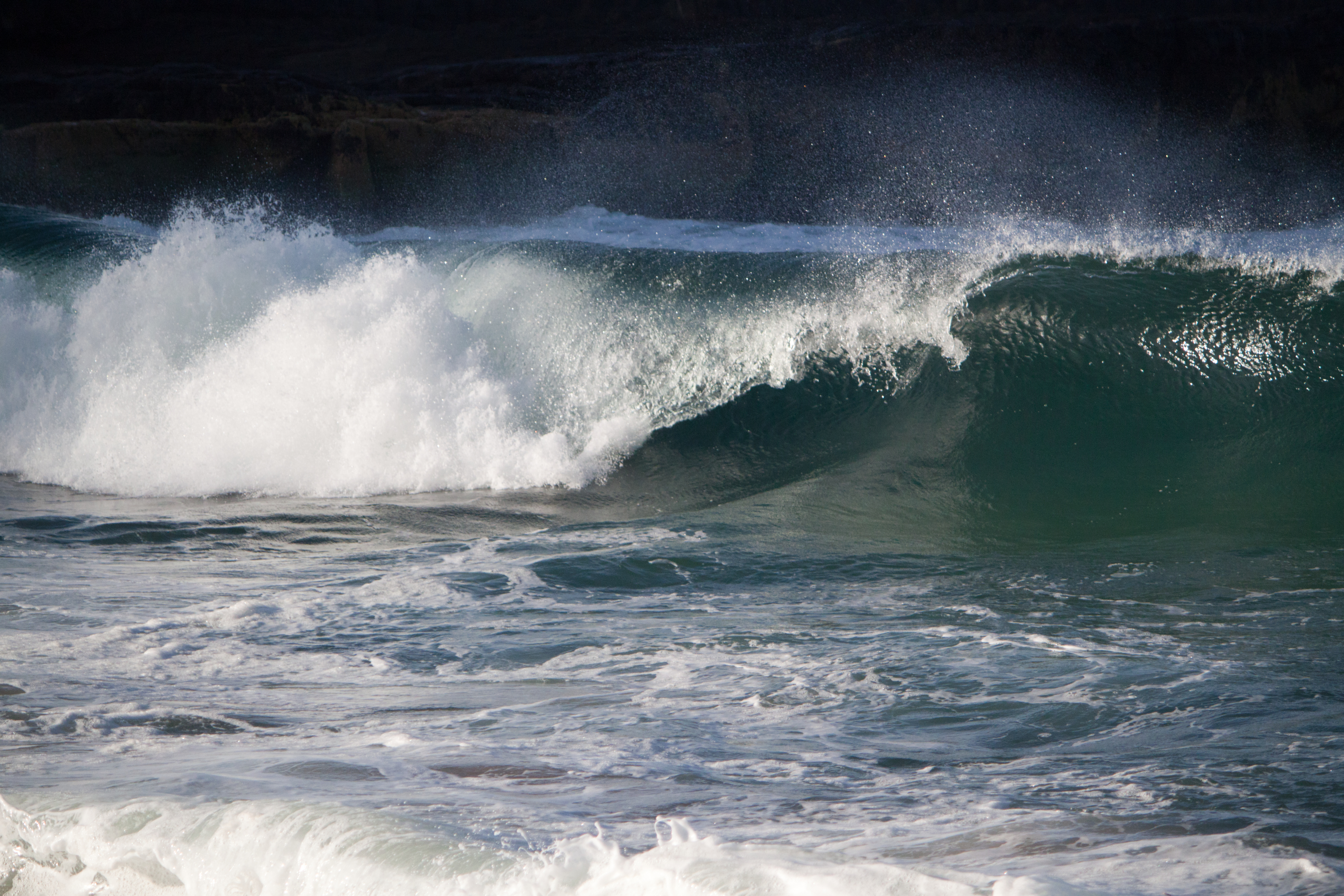
Generating electricity from tides, waves and ocean currents is potentially a significant source of clean, green power. However, for a number of reasons, it has lagged far behind other renewable energy sources in actually delivering power to the grid.
Just recently, the first grid-connected wave energy device in North American waters started feeding electricity to a Marine Corps base in Hawaii. The test site is run by the US Navy and the University of Hawaii is performing validation studies on the device, which is known as the Azura Wave Energy Converter.
The Azura device is designed to extract power not just from bobbing or heaving motions but also from back-and-forth or surge motions. The extended test of the device will gather critical performance data that addresses the technical risks associated with operation in the challenging ocean environment. It will also help in the development of future designs and the commercialization and deployment of what is known as MHK or marine and hydrokinetic energy.
Converting the energy of waves, tides, rivers, and ocean currents into electricity is a particularly attractive opportunity because 50% of America’s population lives near coastlines. Solar and wind power have both been making enormous strides in terms of both overall deployment and cost competitiveness and these two clean energy sources are justifiably going to be the most significant contributors to the grid of the future. Nevertheless, to achieve a truly green energy future will require an all-hands-on-deck strategy and ocean energy should not be left out of the mix.
**********
.
Web Links
America’s first wave energy device delivers power to military base
Photo, posted November 20, 2010, courtesy of Simon Davison via Flickr.
.
Earth Wise is a production of WAMC Northeast Public Radio.
